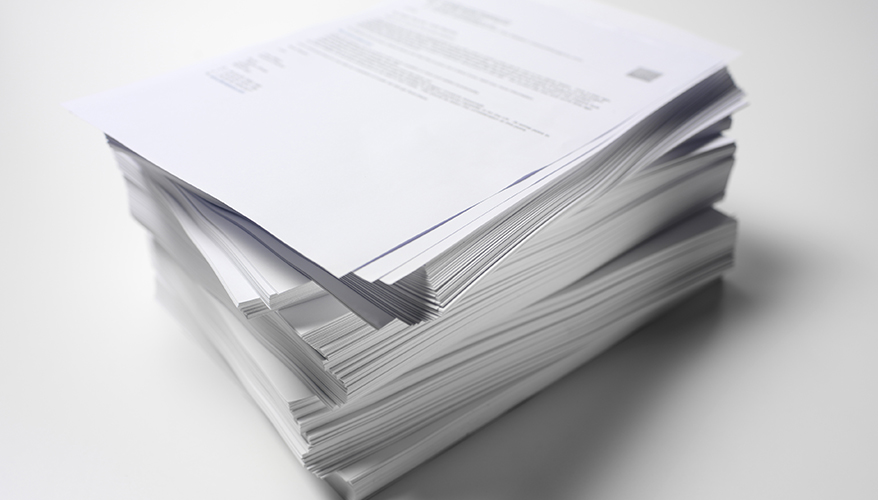DoD Rewrite of 5000 Series to Include a Software Acquisition Pathway

Photo: iStock
Last week NDIA hosted a discussion on the forthcoming rewrite of DoD's 5000 Series acquisition guidance. Ms. Stacy Cummings, Principal Deputy Assistant Secretary of Defense, Acquisition Enablers, discussed the DoD’s plans to transform DoD Instruction 5000.02, which governs the operation of the defense acquisition system, into a software acquisition framework. Attendees, which included industry acquisition professionals, voiced the difficulties they face in producing software because of the current instruction and their suggestions for the creation of a new software acquisition pathway.
The implementation of a new software acquisition pathway has been in the works for the last couple of years. The NDAA FY 2018 first called for the Secretary of Defense to “undertake a study on streamlining software development and acquisition regulations.” The study, conducted by the Defense Innovation Board (DIB), found that the current approach to software development is broken, and a leading source of risk to the DoD. Program managers are often weary to acquire software because it takes too long, is too expensive, and it exposes warfighters to unacceptable risk because it delays their access to the necessary tools to ensure mission success. Ms. Ellen Lord, the current Under Secretary of Defense for Acquisition and Sustainment, has become the chief proponent within the DoD for rewriting DoD’s 5000 Series.
A rewrite of DoDI 5000.02 will create a new pathway for software acquisition. Defense acquisition requires a cyber secure environment, but DoD understands that software needs to be managed differently than traditional products and services. The software acquisition pathway will likely become a 1-year process, helping to get current capabilities out fast. DoD understands that the software world is ever changing and the rapid acquisition of software will better serve our warfighters’ needs. Even if acquired software fails, the failure will be smaller and faster, with an increased ability to bounce back and create a better future product.
The implementation of a rapid acquisition pathway for software builds on DoD’s increased use of middle-tier acquisition (MTA). Contracting officers use MTA for the acquisition of items that will take less than 5-years. Discussion during the 5000 Series rewrite event emphasized the point that one can use MTA for technology that will mature into traditional pathways. Therefore, you can use MTA to initiate a major defense acquisition program, through the creation of a prototype. This type of acquisition pathway reduces risk and gets production and capability out into the field faster.
The software acquisition pathway will likely be written into the NDAA for FY 2020, as both the House and the Senate bills included relevant provisions. Section 852 of the Senate bill established guidance for the acquisition of software using two pathways: an application pathway for software running on commercial commodity hardware operated by the DoD; and an embedded systems pathway for software embedded in weapons systems and other military-unique hardware systems. Section 801 of the House bill establishes a new acquisition policy pathway to acquire software applications using “commercially available hardware” to be acquired using “rapid development and implementation” and software upgrades for embedded weapons systems or other hardware systems solely used by the DoD. The House bill also specifies two pathways for the acquisition of software: an applications pathway for use with commercially available hardware; and an upgrades pathway for embedded weapon systems and other hardware solely used by the DoD.
Topics: Acquisition, Defense Department


Comments (0)